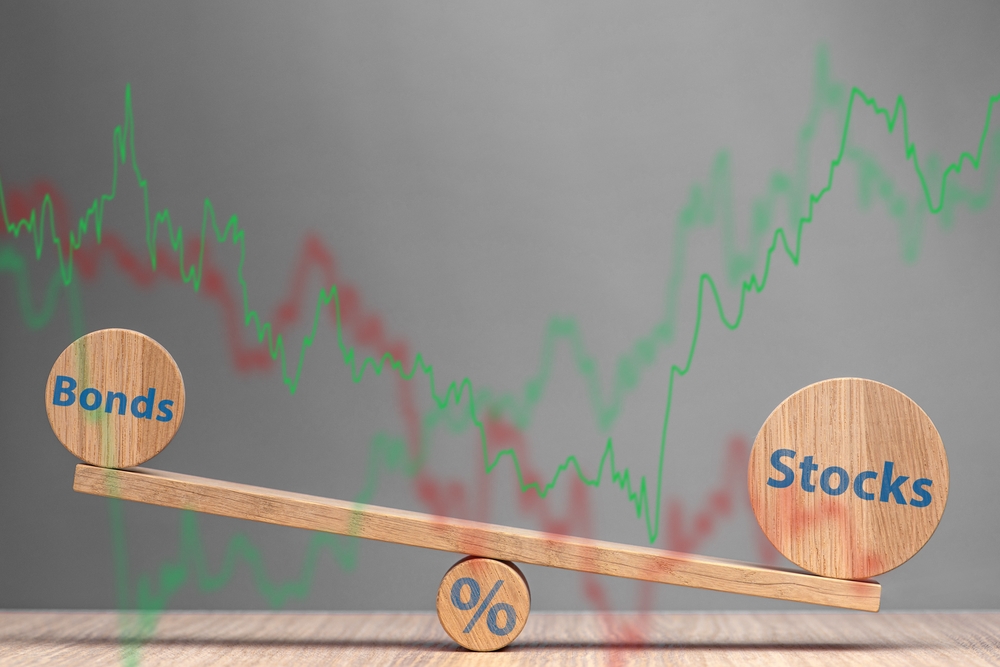.jpg)
Investing is one of the most effective ways to grow your savings and achieve financial independence. However, there are multiple approaches, each with its own characteristics, advantages, and disadvantages. To determine which strategy is best suited for you, it is crucial to understand the differences between passive and active investing and consider what aligns best with your goals.
Passive Investing: Simple and Effective
Passive investing focuses on achieving stable long-term returns with minimal effort. Investors in this approach prefer a broadly diversified portfolio that typically mirrors market movements through index funds, ETFs (Exchange-Traded Funds), or other investment instruments that can be selected based on personal preferences. The passive strategy is built on the belief that markets grow over the long term and that there is no need for active trading or attempting to predict market movements. The goal is to minimize transaction costs and avoid impulsive decisions influenced by emotions.
Advantages and Disadvantages of Passive Investing
One of the key advantages of passive investing is its lower cost since it does not involve active management, leading to higher long-term returns. Additionally, this strategy requires minimal time and effort—regularly allocating funds allows capital to grow without the need for constant market monitoring. Statistics from the German company Statista indicate that as of June 2024, fewer than 20% of global active funds outperformed passive investments. On the other hand, the passive approach offers less flexibility. When markets decline, investors cannot quickly react to fluctuations and must accept temporary losses. Moreover, these funds invest in entire sectors, including both undervalued and overvalued assets, which can impact portfolio performance.
Seeking Opportunities with Active Investing
Active investing is an approach in which a trader aims to outperform the market by selecting specific stocks, bonds, or other assets. This financial strategy relies on analyzing various sectors, evaluating companies, and engaging in intensive trading. Active traders focus on identifying undervalued assets or leveraging short-term market movements to achieve higher returns than passive investing. However, this method requires a deep understanding of the economic environment, strong analytical skills, and continuous monitoring of trends and news.
Advantages and Disadvantages of Active Investing
A significant advantage of active investing is its flexibility, allowing investors to quickly react to new information, economic changes, or geopolitical events and adjust their portfolios accordingly. However, this dynamic method demands a substantial amount of time and expertise. Constantly monitoring the market, evaluating companies, and making decisions can be time-consuming and mentally exhausting. Another downside is the higher costs associated with transaction fees and fund management, which can reduce overall profits. Despite these challenges, according to data from Funds Europe, actively managed ETFs reached a record $1.17 trillion by the end of last year, demonstrating the potential that this approach holds.
Which Method Is Right for You?
The choice between passive and active investing depends on your preferences, experience, available time, and risk tolerance. Passive investing is ideal for beginners or those who prefer a long-term horizon, low costs, and minimal time commitment. Conversely, active investing is suited for individuals who have the time and expertise to monitor the market and make quick decisions to achieve higher returns. Many investors successfully combine both methods by allocating most of their capital to passive investments while actively managing a smaller portion based on their experience.
Time to Make Your Investment Decision
Whether you choose a passive or active path, it is essential to select an approach that aligns with your goals, schedule, and risk tolerance. The AxilAcademy program provides the necessary courses and knowledge to help you make the right choice, optimize investment decisions, and effectively manage your portfolio according to your personal objectives. With expert education, investing will not only become simpler for you but also an enjoyable and successful process.

He has been trading in the capital markets since 2002, when he started as a commodity Futures trader. Gradually he shifted his focus to equity markets, where he worked for many years with securities traders in Slovakia and the Czech Republic. He also has trading experience in markets focused on leveraged products such as Forex and CFDs, and his current new challenge is cryptocurrency trading.


